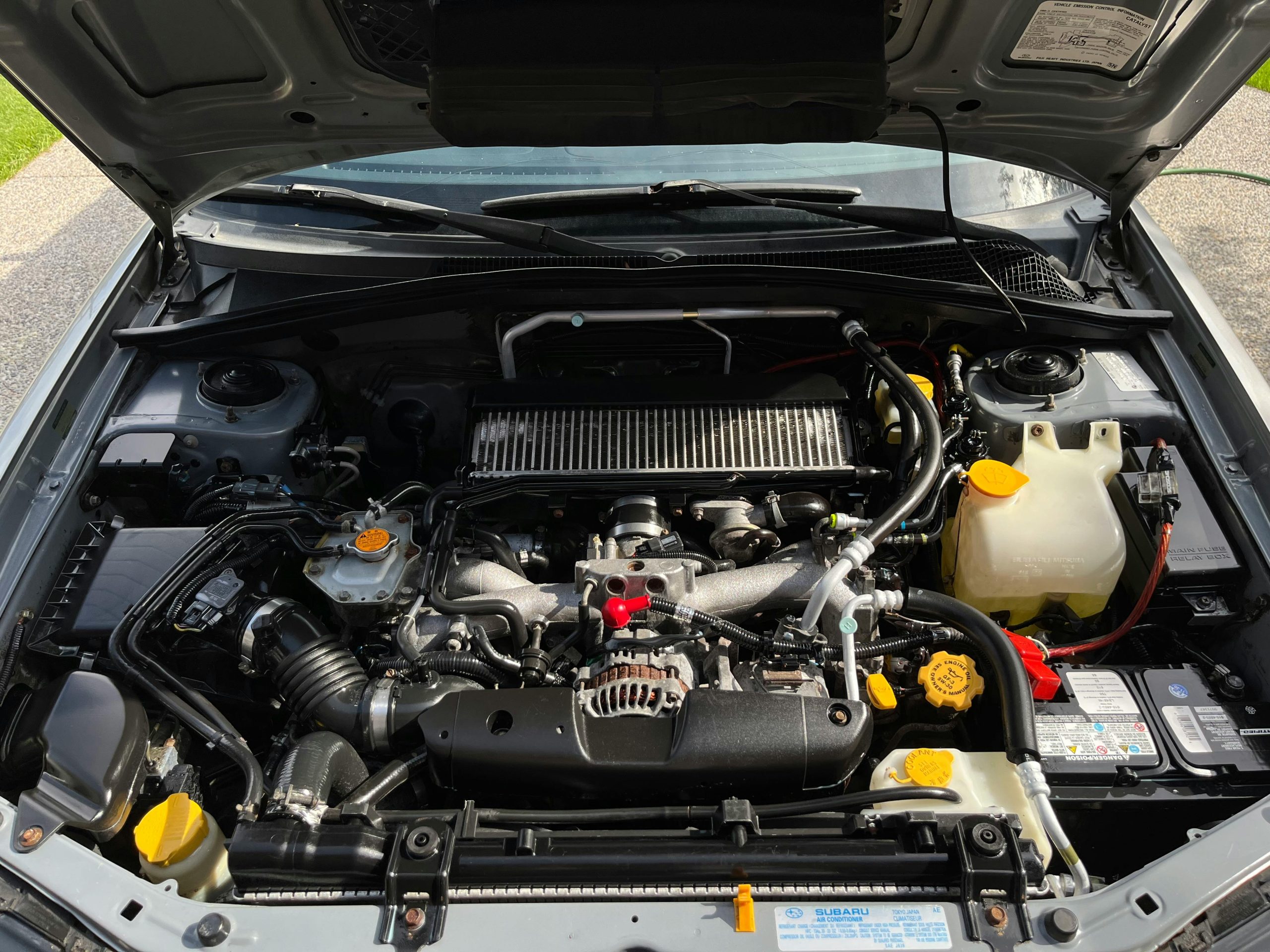Is it true that when your transmission light comes on, it often signals a minor issue that can be quickly fixed? You might want to think again. Ignoring this warning could lead to more significant, costly problems down the line.
As you face the illuminated transmission light on your dashboard, you’re likely wondering about the importance of the issue, the potential costs involved, and whether it’s something that needs immediate attention.
Before you make any decisions, it’s vital to understand the implications fully and consider the various outcomes of different actions. What steps should you take next to make sure your vehicle remains in prime condition?
Understanding Transmission Warning Signs
When your dashboard lights up with a transmission warning, it’s important to check fluid levels and look for signs like unusual noises or delayed gear shifts to prevent costly damages.
Start by examining the transmission fluid. It should be clear and bright; a dark, burnt smell or murky appearance indicates issues. Keep an eye on the transmission fluid temperature too, as overheating can quickly harm internal components.
Regular transmission fluid changes are crucial for maintaining a healthy system and preventing the transmission light from activating unexpectedly.
Consider the transmission control module, which orchestrates gear shifts. If this module malfunctions, it could trigger the transmission warning lights. This is a complex issue, but not insurmountable.
Connecting with a trusted mechanic who understands the intricacies of your vehicle’s transmission can offer peace of mind and ensure that you’re not alone in tackling these challenges.
Always remember, addressing these warnings early can save you from the inconvenience and expense of major repairs. You’re part of a community of drivers who prioritize care for their vehicles, ensuring they remain reliable companions on the road.
Decoding the P0741 Trouble Code
If your Honda Pilot’s dashboard alerts you with a P0741 trouble code, it’s indicating a failure in the torque converter clutch. This issue can disrupt your driving experience by affecting the transmission system’s efficiency.
Here’s how you can address this issue effectively:
- Check for Additional Trouble Codes: Sometimes, a P0741 trouble code might appear alongside other codes. Scan your vehicle to make sure no other parts of the drivetrain are compromised. Issues with the backup camera have also been noted, which might suggest broader electrical problems.
- Evaluate the Torque Converter Clutch: The torque converter is important for smooth operations in your Honda Pilot. If it’s failing, you might notice the transmission system warning light or a decrease in drivability. Consider consulting a professional to assess whether it needs replacement.
- Disable the VCM System: Disabling the Variable Cylinder Management (VCM) system can sometimes resolve the P0741 trouble code. This system can impact the torque converter’s performance, leading to the activation of the transmission light.
- Seek Professional Help: If you’re unsure about tackling these steps yourself, it’s wise to contact a certified mechanic who specializes in transmission issues. They can provide a detailed diagnosis and tailored solution.
Preventative Measures for Transmission Health
To safeguard your transmission’s health, it’s important that you regularly check and change your transmission fluid.
You should adhere to your vehicle manufacturer’s recommended schedule for transmission inspections to catch any issues early.
Make sure to visit your mechanic for scheduled maintenance checks to confirm everything is functioning as it should.
Regular Fluid Checks
Regularly checking your transmission fluid levels and quality is essential to prevent potential issues and guarantee your vehicle operates smoothly. Maintaining the right transmission fluid levels not only helps prevent overheating but also wards off the dreaded transmission warning light.
Here’s how you can keep tabs and make certain your ride remains in excellent condition:
- Check Fluid Levels Monthly: Stick to a monthly check-up to catch low transmission fluid levels early. This simple step can prevent internal damage and save you from costly repairs.
- Assess Fluid Quality: Look at the fluid on the dipstick during checks. It should be a bright red color and not have a burnt smell. Discoloration or a burnt odor indicates it’s time to replace the fluid.
- Follow Manufacturer’s Recommendations: Each vehicle has specific guidelines for when to change transmission fluid. Adhere to these to optimize your car’s performance and longevity.
- Monitor for Leaks: Always watch for signs of leaks under your vehicle. Even small leaks can lead to significant loss of fluid over time, exacerbating transmission problems.
Scheduled Maintenance Visits
Scheduling regular maintenance visits can preemptively address potential transmission issues, ensuring your vehicle remains in top condition. Adhering to manufacturer-recommended maintenance schedules isn’t just a recommendation; it’s a key strategy to keep you safely on the road.
These preventative maintenance steps are your first line of defense against unforeseen transmission problems that could sideline your daily routine.
During these checks, specialists perform proactive maintenance checks focused on your transmission’s nuances, catching issues that mightn’t yet be visible but could lead to costly transmission repairs down the line.
Exploring Repair and Replacement Options
When your transmission light turns on, exploring repair and replacement options quickly becomes essential, as costs can vary greatly depending on the severity and nature of the issue.
Your car’s automatic transmission warning light is your first hint that something might be amiss with the transmission or torque converter. Addressing this early can help prevent more costly repairs down the line.
Here’s what you might consider:
- Diagnostic Trouble Codes (DTCs): Have a professional scan your vehicle’s computer to read any DTCs that could specify the issue. This step is vital in pinpointing whether you’re dealing with a minor electrical glitch or a major mechanical failure.
- Torque Converter Issues: If you own a Honda Pilot showing a P0741 code, this likely indicates a problem with the torque converter clutch. Replacement costs are significant, so catching this early can save you a considerable amount.
- Transmission Replacement: For severe problems, replacing the entire transmission might be inevitable. Costs can range drastically, but remember, a re-manufactured transmission might pose risks of recurrent issues.
- Disabling VCM: Specifically for Honda Pilots, disabling the Variable Cylinder Management (VCM) system can help extend your transmission’s life and avoid future problems.
Seeking Professional Mechanic Advice
When your transmission light comes on, it’s vital to identify qualified mechanics who specialize in transmission issues to make sure you’re receiving expert advice.
You’ll need to evaluate repair costs carefully to confirm they align with the complexity of the problem diagnosed.
Identify Qualified Mechanics
To guarantee your transmission receives expert care, seek out mechanics with ASE certification and specialized training in transmission diagnostics and repair. When your transmission warning light flickers on, it’s important not to just trust anyone. You’re part of a community that values skilled workmanship and precise care for their vehicles.
Here’s how to make sure you’re choosing the right professional:
- Certification Check: Insist on a mechanic who holds ASE certification. This certification is a proof of their expertise, especially in the complex field of transmission repair.
- Experience Matters: Opt for mechanics who aren’t only certified but also have extensive experience with transmission issues. Experienced mechanics are better equipped to interpret diagnostic tools accurately and handle your vehicle’s specific needs.
- Diagnostic Tools: Ensure that the workshop is equipped with the latest diagnostic tools. These are essential for accurately identifying the root cause of any transmission problem.
- Specialization: Some mechanics specialize in transmission repairs. Their focused expertise often means more reliable and thorough service.
Evaluate Repair Costs
You should consult a professional mechanic to accurately evaluate repair costs for your transmission issues. When that transmission light flickers on, it’s your cue to seek clarity and transparency from a trusted mechanic.
Mechanics are your go-to experts for handling these potentially expensive repairs. They can offer you cost-effective solutions or alternatives that might save you money while still resolving the issue.
Understanding Diagnostic Processes
Seeking a professional mechanic’s advice allows for the use of advanced diagnostic tools, such as OBD-II scanners, to accurately determine the sole cause of your transmission issues.
When the transmission warning light flashes, it’s a sign that you need to consult someone who can investigate thoroughly and offer solutions tailored to your vehicle’s needs.
Here’s what you can expect from a professional diagnostic session:
- Error Code Identification: Skilled technicians will connect OBD-II scanners to your vehicle’s system to retrieve error codes. These codes are pivotal in pinpointing specific transmission problems.
- Sensor Data Analysis: Besides error codes, diagnostic tools gather critical sensor data. This data helps in understanding the behavior of your transmission and any anomalies that might be present.
- Interpreting Diagnostic Results: Interpreting the data from the diagnostics isn’t straightforward. It requires professional guidance to translate the technical details into actionable insights.
- Troubleshooting Recommendations: Based on the diagnostic findings, your mechanic will suggest the best course of action. This might include minor adjustments, part replacements, or more complex repairs.
Warranty and Cost-Sharing Strategies
Understanding your warranty coverage, specifically the 60k mile powertrain warranty, can greatly reduce costs associated with transmission repairs. When your transmission light activates, it’s important to check if the issue falls under this warranty.
Being well-versed in your warranty details means you’re prepared to negotiate cost-sharing solutions with your dealer or directly with the manufacturer, like Honda, which has been known to offer such options.
You should consider examining the grounding straps from the transmission to the chassis. If you’re facing torque converter issues, disabling the VCM system might also be a wise, cost-effective strategy to prolong the life of your transmission.
For any replacements or installations, opting for a regular mechanic over a dealership can be more economical and just as effective, especially for less complex components.
Conclusion
When your transmission light flashes, don’t let it spiral into a costly nightmare. Quickly consult a certified mechanic to diagnose and address the issue.
They’ll unpack the mystery of the P0741 code and explore viable repair or replacement options.
Remember, prevention is your best defense; regular check-ups can save your wallet and your ride. Invest in your vehicle’s longevity by embracing proactive measures and taking advantage of warranty and cost-sharing opportunities.
Drive smart, stay ahead.



